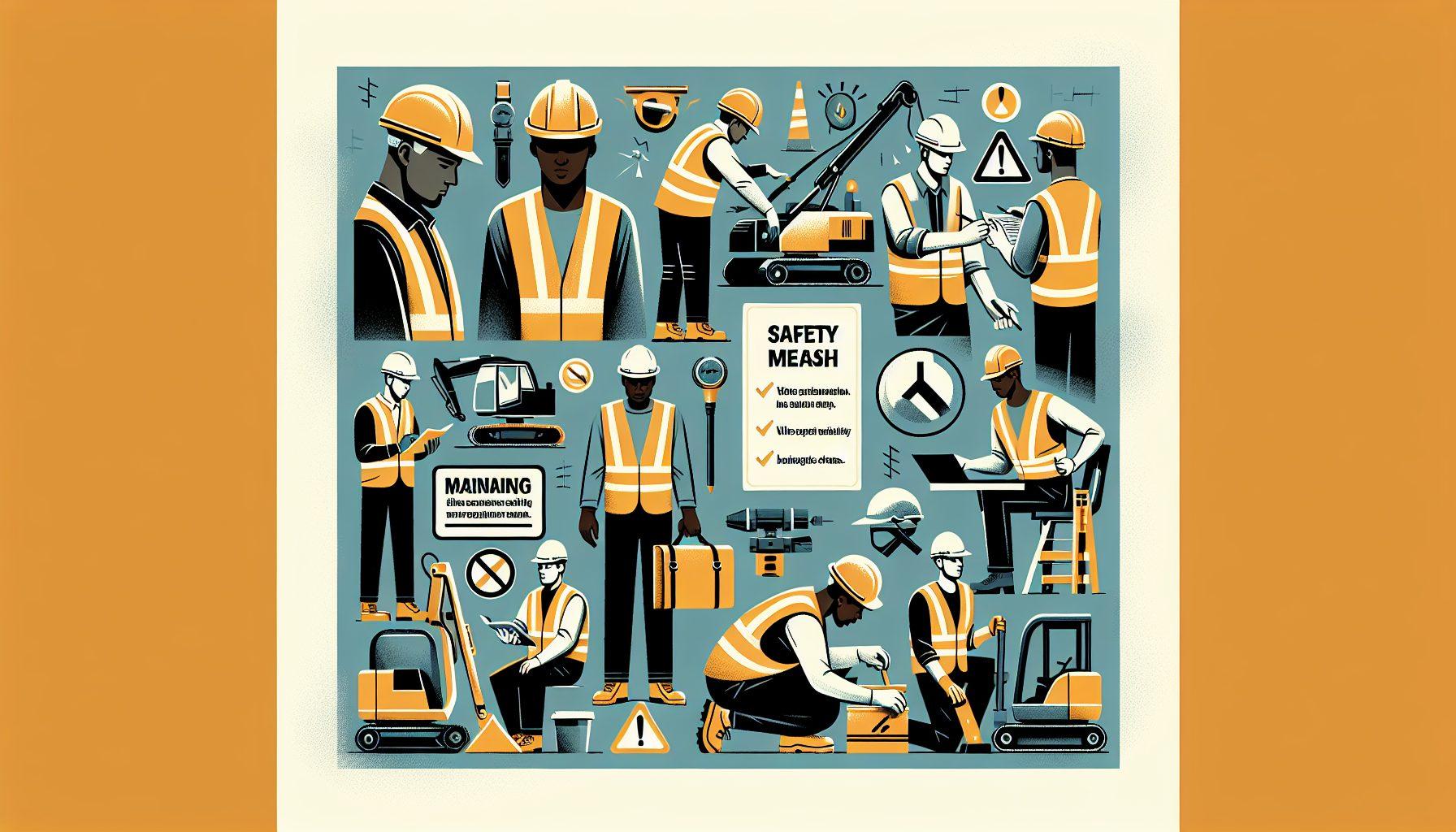Outdoor work environments can present unique challenges when it comes to ensuring safety and protecting workers from potential hazards. Whether you work in construction, landscaping, or any other industry that requires outdoor work, it is essential to address safety issues proactively. By implementing proper safety measures, you can not only protect your workers but also improve productivity and efficiency. In this article, we will discuss some effective strategies and best practices to address safety issues in outdoor work environments.
Perform a Comprehensive Risk Assessment
Before you can address safety issues, it is important to have a clear understanding of the potential risks and hazards specific to your outdoor work environment. Conducting a comprehensive risk assessment is the first step towards identifying and mitigating these hazards. Take the time to evaluate the different tasks, equipment, and work areas involved in your operations. Look for potential risks such as falls, chemical exposures, extreme weather conditions, and equipment-related hazards.
Once you have identified the potential hazards, prioritize them based on their severity and likelihood of occurrence. This will help you allocate resources and develop preventive measures accordingly. It is advisable to involve your workers in the risk assessment process as they can provide valuable insights based on their firsthand experience.
Provide Proper Training and Education
One of the most effective ways to address safety issues in outdoor work environments is by providing comprehensive training and education to your workers. Make sure they are aware of the potential hazards and understand the preventive measures in place. Train them on the proper use of safety equipment and emergency procedures.
Invest in regular training sessions to keep your workers updated on safety protocols and best practices. Consider bringing in experts or partnering with safety organizations to conduct specialized training sessions. Encourage open communication and feedback to ensure that your workers feel comfortable reporting any safety concerns or incidents.
Implement Safety Guidelines and Policies
Having well-defined safety guidelines and policies is crucial for maintaining a safe work environment. Develop a safety manual that outlines the expectations and procedures for your outdoor work environment. This should include guidelines for personal protective equipment (PPE), proper equipment operation, handling hazardous materials, and emergency response protocols.
Display relevant safety signage in visible areas to constantly remind workers of potential hazards and necessary precautions. Ensure that all workers have access to safety equipment and enforce the use of protective gear at all times. Regularly review and update your safety guidelines to incorporate any new regulations or industry best practices.
Regularly Inspect and Maintain Equipment
Faulty or poorly maintained equipment can increase the risk of accidents and injuries in outdoor work environments. Implement a routine inspection and maintenance schedule to ensure that all equipment is in proper working condition. Regularly check for signs of wear and tear, leaks, or malfunctions.
Train your workers on equipment maintenance protocols and encourage them to report any issues immediately. Promptly address any identified problems and ensure that repairs or replacements are made promptly. Regular inspections and maintenance not only reduce the risk of accidents but also extend the lifespan of your equipment.
Promote a Culture of Safety
Creating a culture of safety is vital in outdoor work environments. Encourage and reward safe behaviors among your workers. Recognize and celebrate individuals or teams that prioritize safety and actively contribute to maintaining a safe work environment.
Regularly communicate with your workers about safety, providing updates on any new procedures or best practices. Encourage them to share their ideas and suggestions to further improve safety measures. By involving your workers in the decision-making process and valuing their input, you foster a sense of ownership and commitment towards safety.
Conclusion
Addressing safety issues in outdoor work environments requires a proactive approach and commitment from both employers and workers. By performing risk assessments, providing proper training, implementing safety guidelines, regularly inspecting equipment, and promoting a culture of safety, you can create a safer and more productive work environment.
At HCO Innovations, we understand the importance of warehouse safety and offer comprehensive warehouse safety evaluations. Our team of experts can assess your warehouse operations, identify potential safety issues, and provide customized recommendations to enhance safety and efficiency. Contact us today to schedule your warehouse safety evaluation.

